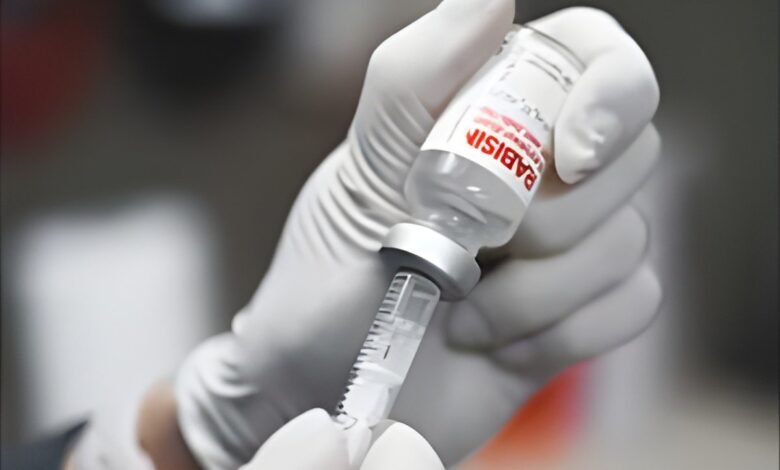Understanding the Failure of Rabies Vaccine in Srishti Shinde’s Case

Just three days after completing her rabies vaccinations, 21-year-old Srishti Shinde tragically succumbed to the virus. This devastating event has shaken public trust in rabies vaccines and sparked critical questions. Was it a vaccine failure? Or could something else have gone wrong?
In the face of rabies, a nearly 100% fatal disease, a properly administered vaccine is our single most effective defense. Yet, Shinde’s case underscores the importance of understanding the complexities surrounding rabies vaccination and the crucial role every step plays in ensuring its effectiveness (1✔ ✔Trusted Source
Use of rabies vaccines after reconstitution and storage
).
On February 3, Shinde was bitten by a stray dog while on Bhausingji Road in Kolhapur. Despite promptly seeking medical attention, receiving all five doses of the anti-rabies vaccine, and adhering to the recommended protocol, she tragically succumbed to rabies.
Understanding the Failure of Immunity Development against the Virus
The sequence of events leading to Shinde’s death is deeply troubling and warrants a thorough investigation. While she diligently completed the vaccination course, her subsequent development of symptoms and rapid deterioration raise significant questions about the effectiveness of the vaccine or potential mishandling of the vaccination process.
One of the primary concerns raised by Shinde’s family is whether the vaccine was stored and administered under optimal conditions. Rabies vaccines are sensitive biological products that must be stored at specific temperatures to maintain their potency. Any deviation from the recommended storage conditions, such as exposure to heat or improper refrigeration, can compromise the vaccine’s efficacy.
Furthermore, factors such as the quality of the vaccine, administration technique, and individual immune response can also influence the vaccine’s effectiveness. In some rare cases, individuals may not develop adequate immunity even after completing the full vaccination course, leaving them vulnerable to rabies infection.
Ensuring Vaccine Efficacy: Key Measures for Prevention
To prevent similar tragedies in the future and ensure that rabies vaccines work to their full potential, several measures must be taken:
1. Stringent Vaccine Storage and Handling Protocols:
Healthcare facilities and providers must adhere strictly to guidelines for storing and handling rabies vaccines. This includes maintaining appropriate temperature control throughout the storage and transportation process to preserve vaccine potency.
2. Quality Assurance and Monitoring:
Regular monitoring and quality assurance measures should be implemented to verify the integrity and efficacy of rabies vaccines. This involves routine inspections of storage facilities, temperature monitoring, and stringent record-keeping practices.
Advertisement
3. Education and Training:
Healthcare professionals involved in administering rabies vaccines should receive comprehensive training on proper vaccination techniques, storage requirements, and recognition of potential adverse reactions. Public awareness campaigns can also help educate individuals on the importance of seeking timely medical care after animal bites and completing the full vaccination course.
4. Research and Development:
Continued research into novel vaccine formulations and delivery methods can enhance the efficacy and accessibility of rabies vaccines. Advancements in vaccine technology may offer improved protection and better immune responses, ultimately reducing the incidence of rabies-related fatalities.
Advertisement
5. Collaborative Efforts:
Collaboration between healthcare authorities, veterinary services, and community organizations is essential for implementing comprehensive rabies control programs. This includes initiatives such as animal vaccination campaigns, stray dog population management, and public health interventions to raise awareness about rabies prevention and treatment.
In conclusion, the tragic death of Srishti Shinde serves as a stark reminder of the devastating consequences of rabies and the importance of ensuring the efficacy of rabies vaccines. By addressing gaps in vaccine storage, administration, and monitoring, as well as fostering collaboration and innovation in rabies control efforts, we can strive to prevent future loss of life due to this preventable disease.
Reference:
- Use of rabies vaccines after reconstitution and storage – (https://pubmed.ncbi.nlm.nih.gov/11774089/)
Source-Medindia
Source link
#Understanding #Failure #Rabies #Vaccine #Srishti #Shindes #Case



